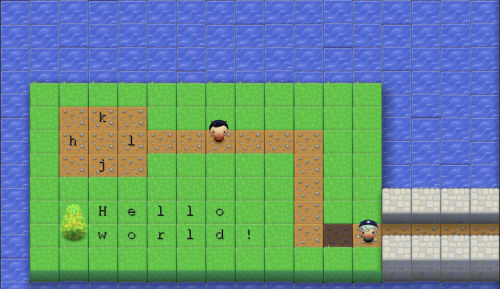Valve, a well-known game development company, has launched the Linux blog. Apparently, there are quite a few efforts taken to port games to Linux.
The Valve Linux Team
Our mission is to strengthen the gaming scene on Linux, both for players and developers. This includes Linux ports of Steam and Valve games, as well as partner games. We are also investigating open source initiatives that could benefit the community and game developers.
Initially formed in 2011, the Valve Linux team is currently 11 people and growing. Our mission is to investigate open source development with a specific focus on supporting Steam and other Valve products on the Linux platform. The Linux background of our team varies from those who have a deep knowledge of Linux development to those who have just scratched the surface. However, one thing we all share is a great passion for supporting all things Valve on Linux.
While I’m happy to see more Linux activity and interest in Open Source, I have to say that I am a bit puzzled with the timing here. The two trends that I see are:
- The move from desktop gaming to the console gaming.
- The move from desktop computing (desktops, laptops) to mobile computing (netbooks, tablets, smartphones).
Valve probably sees these differently. Maybe Linux advanced far enough on the desktop to stir this interest. Or maybe they are betting on the rise of Liux-based gaming consoles. I don’t know.
Regardless, I hope they will continue their work in this area, and I really hope that it will result in improvements to Open Source software. After all, we could use some expertise from people who clearly know what they are doing.
